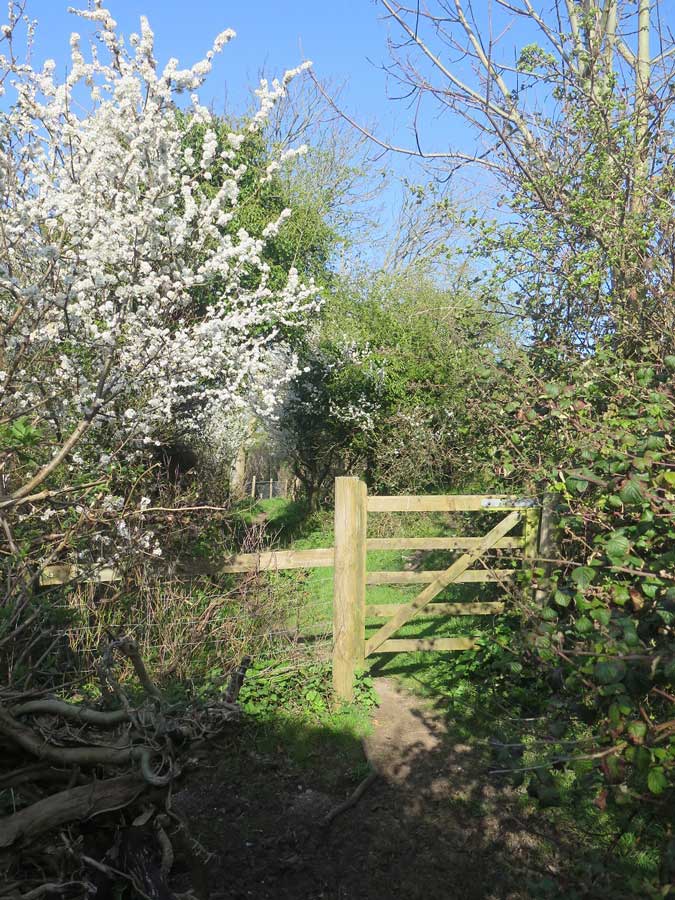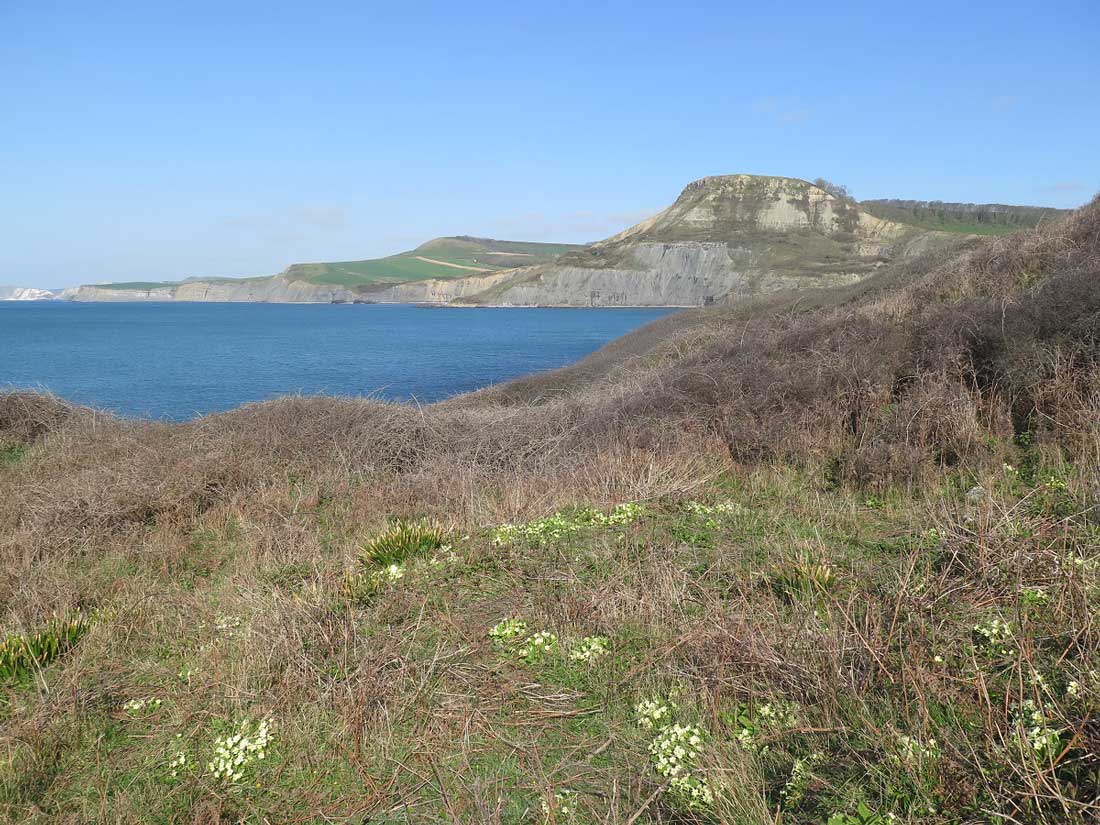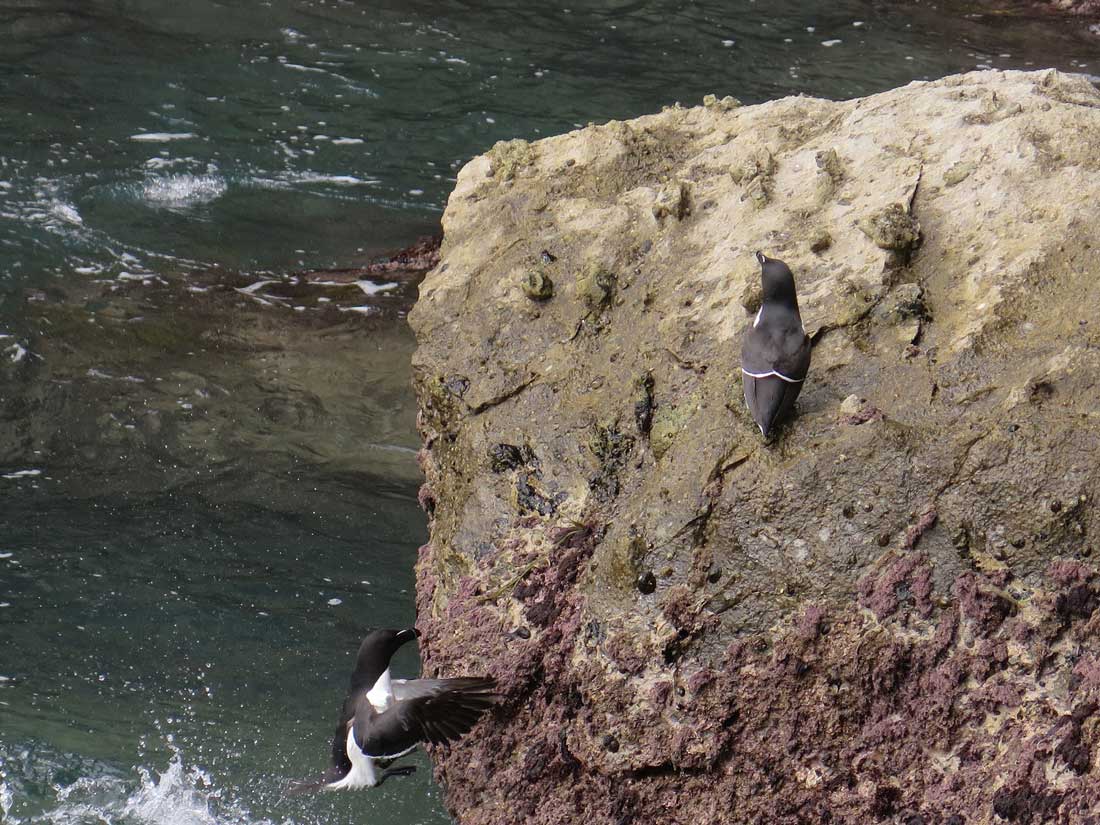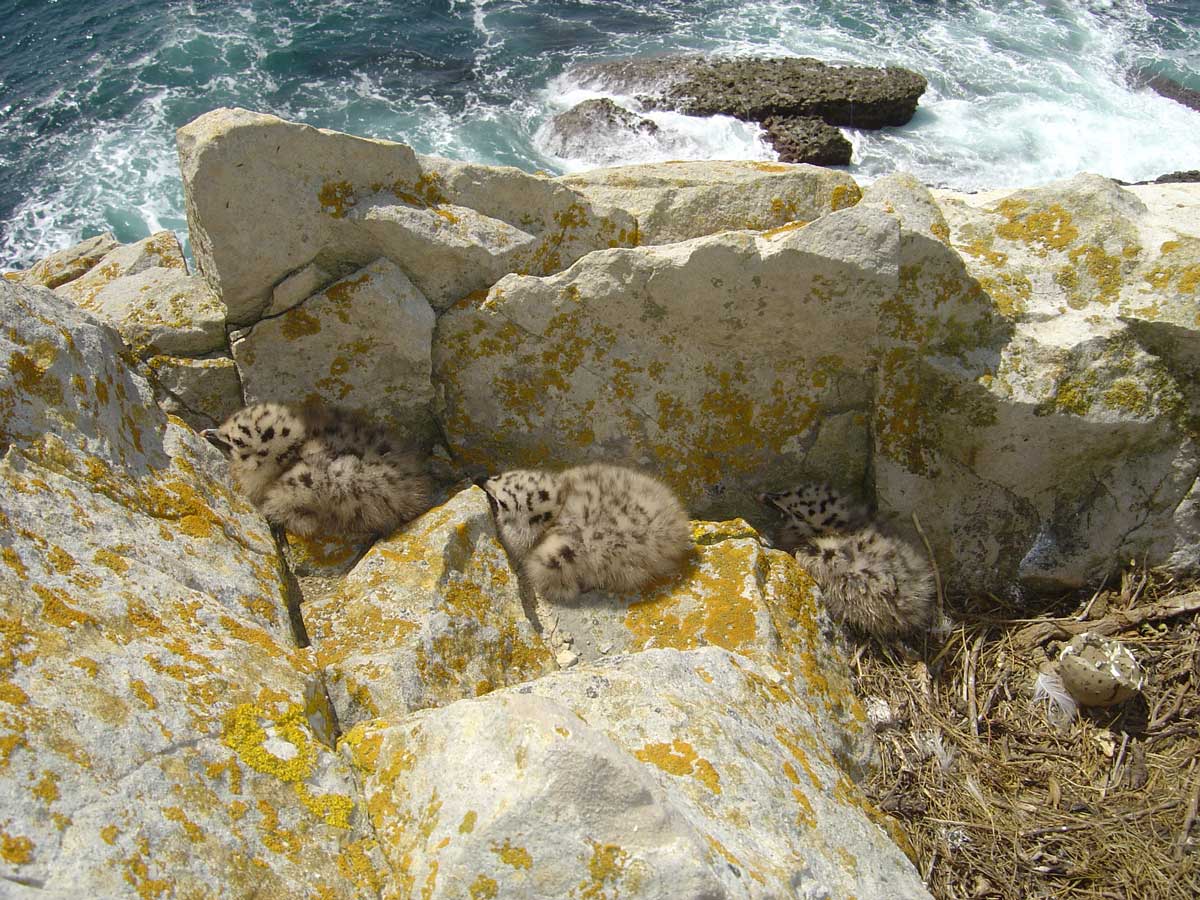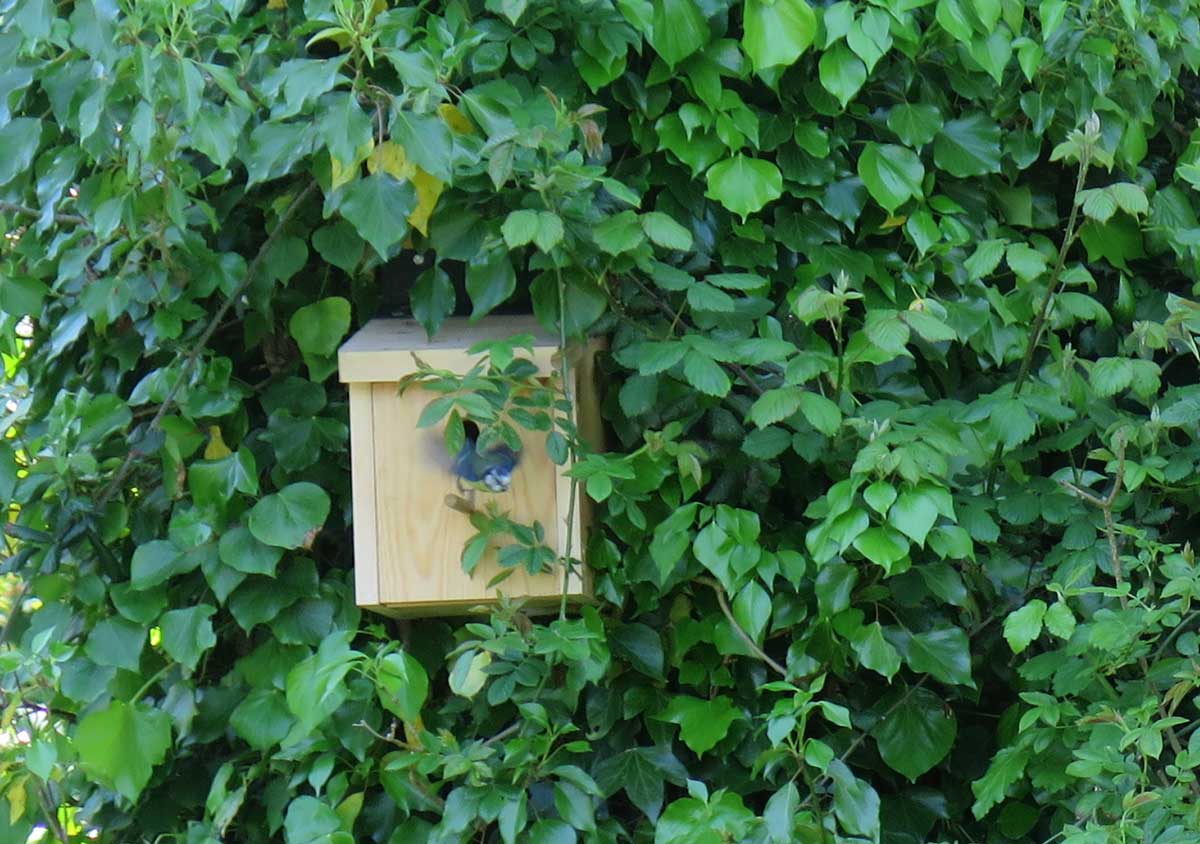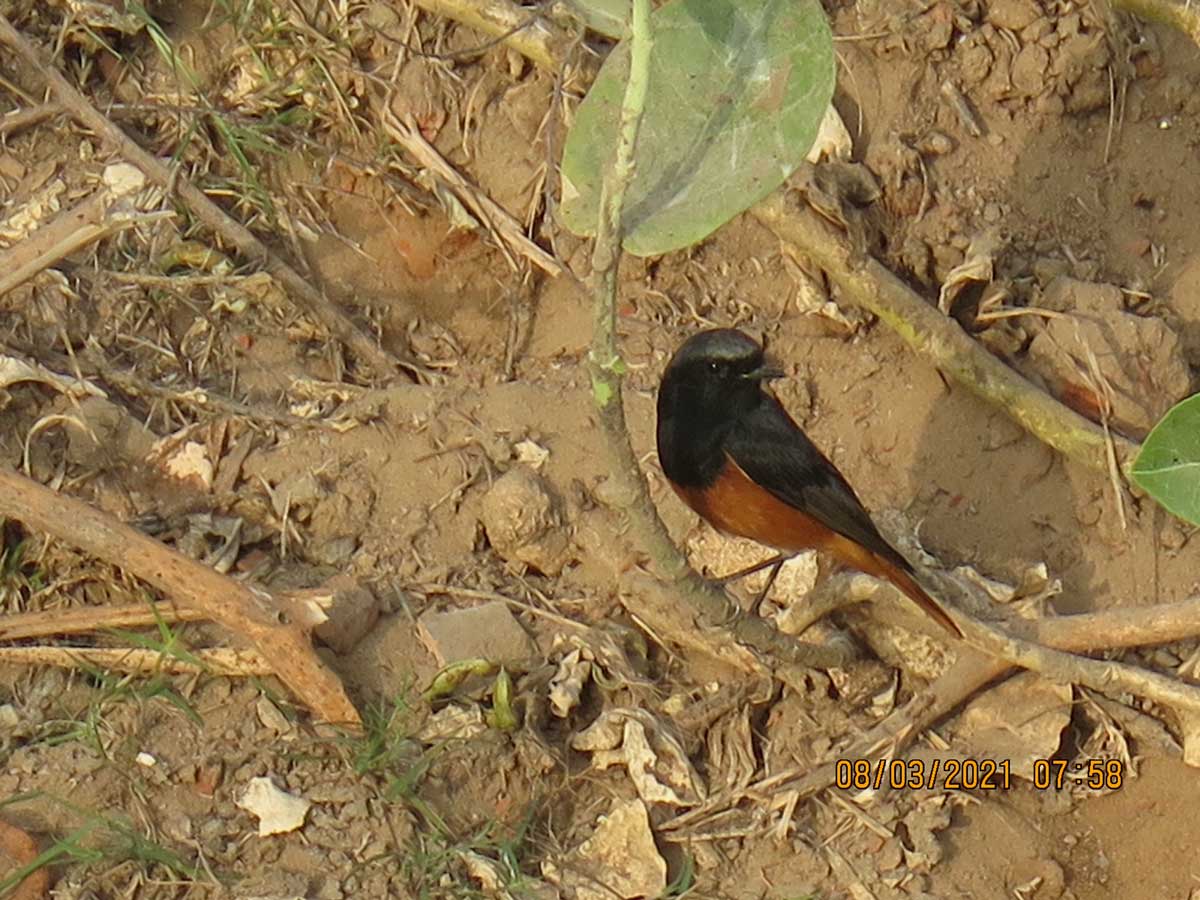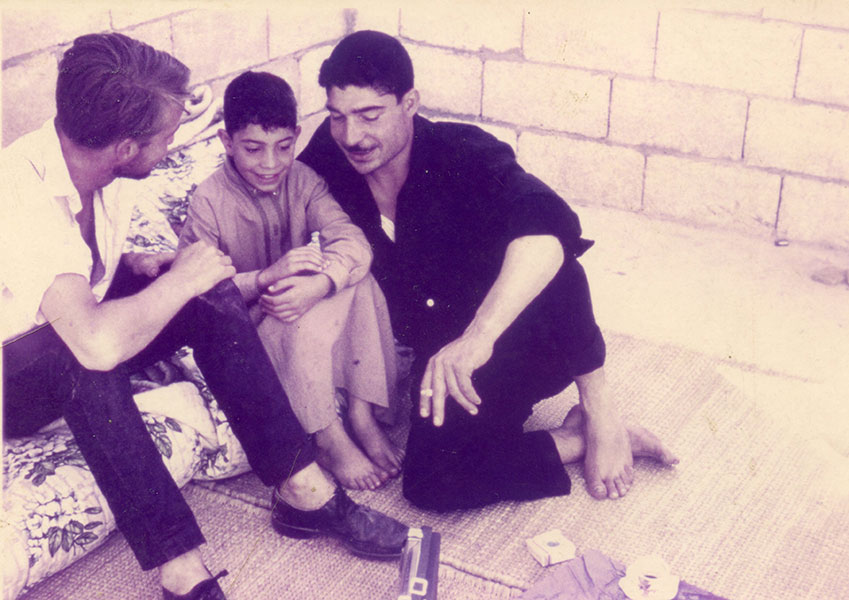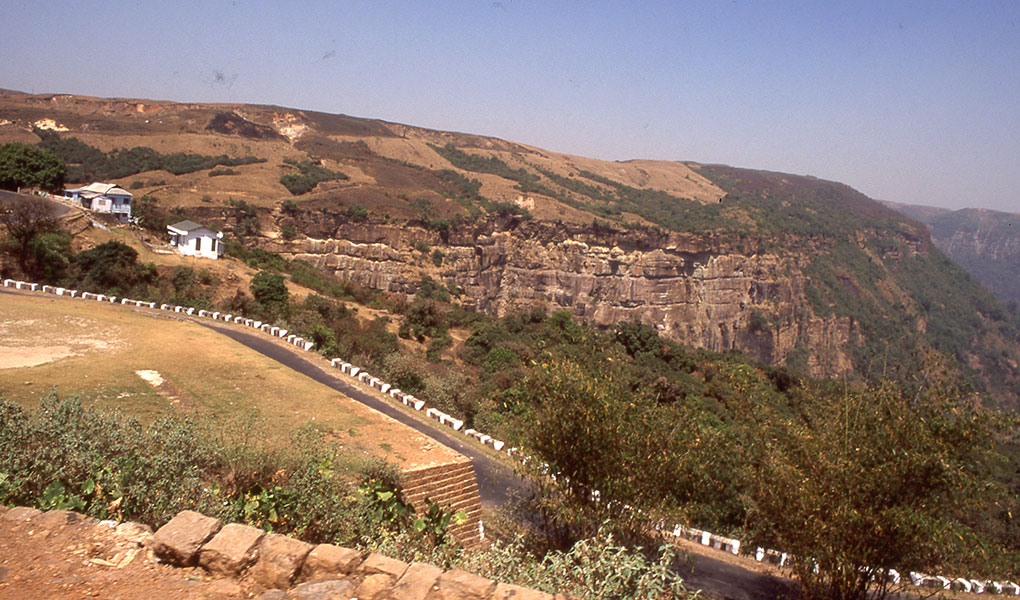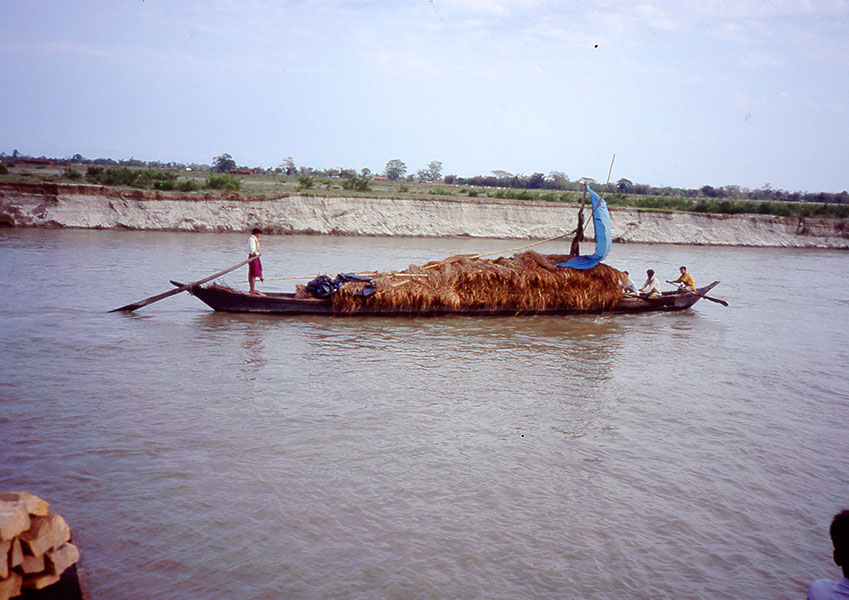50. A Proper English Spring

49. The Sedari – An Unbalanced Pavilion
May 6, 2021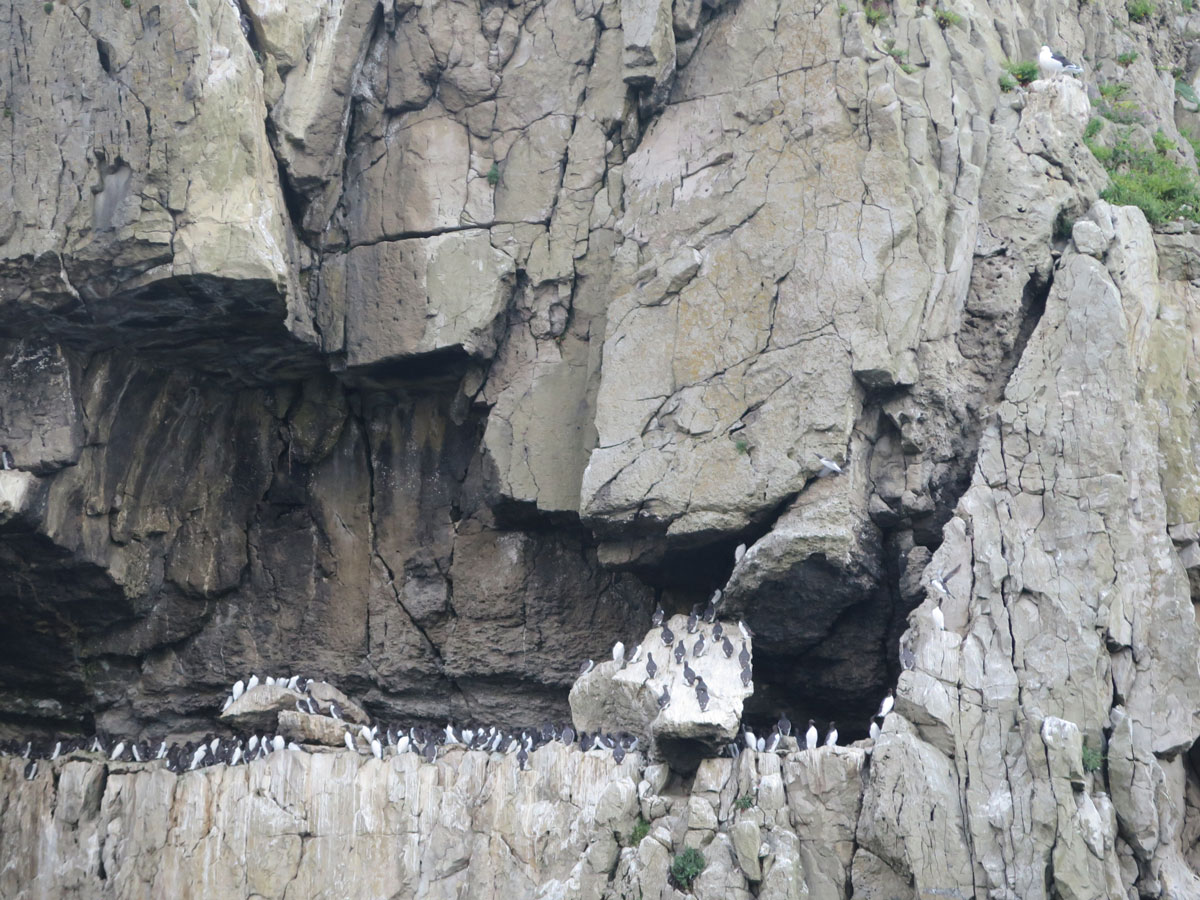
51. MidSummer
July 1, 2021E very region has a season which registers above all others as an annual joy. In Rajasthan it comes in July when the blanket of cloud thickens to the point where dry heat gives way to that handful of downpours which constitutes the Monsoon. A dusty brown summer which, in Churu, often peaks at over 50 degrees suddenly breaks into cooler humidity and the earth becomes green. Just as the Monsoon’s glory depends on the heat that precedes it, English Spring relies on winter months of cold greyness and long darknesses.
Rooks gather to caw in the tall, leafless trees of established rookeries. The song thrush begins to repeat itself. The white bells of snow-drops chime, then give way to a mass of pale yellow primroses. And with each step the day extends and the rising sun falls warmer on the earth. Generally, these changes are well advanced by the time I fly back from a month or two in India. This year the plague has kept me in Purbeck all winter so I have earned a proper Spring.
The bare winter with its frosts and a different set of birds driven south from colder climes has its own charms. The long darkness is not one of them. Towards the end of December there is an awareness that, imperceptibly, the days are starting to lengthen. Each year is different. Although we have a clear vision of what each month should be like it rarely fulfils its promise. March comes in like a lion and goes out like a lamb: it didn’t. April is punctuated by showers: it wasn’t. 2021 brought a cold spring, but dry.
Even as far south as Purbeck many April mornings started with the grass dusted in frost and yet it is the light rather than the heat which moves the season forward. The cliff-nesting Guillemots and Razorbills visit their ledges before the old year dies and probably started laying eggs as usual around 23rd April, St George’s Day. There is a rather inaccessible viewpoint to watching these birds on the cliff. It gives an optimistic story. In 1957 there was one ledge occupied by some dozen pairs of Guillemots. One year they failed to breed when one bird, entangled in fishing line, hung dead from the ledge. Nearby, a single pair of razorbills were successful. All were back the following year.
Gradually, the numbers have increased. Now the guillemots breed on an extension of that first ledge and on two others. A fourth site, visited for several years, may be used this year. The birds are there but will they breed? Pairs of razorbills have settled another seven sites. The increase follows the decrease of oil pollution, which killed so many sea birds. There is still the lethal but lesser danger of palm oil waste and some birds are drowned in fishing nets.
Of the other Spring migrants, if I didn’t see an early swallow, others did. The wheatear, flitter along fences flashing its bright, white rump, completely passed me by. The first puffin, which, as the number decreases to single figures, every year gets closer to the Last Purbeck Puffin, arrived on time, as did the onomatopoeic chiffchaff and cuckoo. I’ve met three cuckoos this year, two flying, one calling, but none last year - they become scarcer each year. That same cuckoo is familiar in the Himalayan foothills.
Once, while descending the Aravalli Hills, an unusual bird flew ahead. Rabu’s brother, interested in birds, asked me what it was. ‘I don’t know. In England I would say it was a cuckoo.’ At which point is landed on a small bush and shouted ‘Cuckoo! Cuckoo!’ The only time I ever saw or heard one in Rajasthan. Quite a number of birds are common to both countries. Recently, Rabu sent me a photo he’d taken of a Redstart in Churu, virtually identical to a bird in my Purbeck garden.
My garden birds live dangerously. Daily a sparrowhawk streaks across the garden, ready to smash and grab some small bird. Carrion crows, jays and magpies sneak in looking for eggs and nestlings to gulp down. There are grey squirrels, too, seeing what they can kill. This morning I thought the traffic of blue tits to the nest box had stopped. Murder? But it was just a brief hiatus.
In April the sharply-spined gorse bushes are at the fullest flowering. There is a traditional saying ‘When gorse is in flower, kissing’s in season!’ which arises from the fact that there are always some gorse bushes in flower. I have made the annual 45 litres of gorse-flower wine, which always involves a week recovering from pricked fingers. It will be ready to drink by winter. As May advances that explosion of bright gold fades and bushes are white with flowering blackthorn and hawthorn. Some woods are carpeted in bluebells and alongside them white wild garlic flowers with their characteristic smell. They go well in salads whilst the heads of stinging nettles, in a season short of green vegetables, make good spinach.
As the season advances the bare trees become covered with fresh light green leaves. There are traditional sayings for them, too: ‘If the oak comes out before the ash, there’ll be a splash. If the ash comes out before the oak, there’ll be a soak.’ The ash is usually the latest tree to burst into leaf. The foliage on great one that overshadows my caravan is only now, at the very close of May, starting to open.
Meanwhile the early morning is full of song: the repeating thrush continues, almost drowned out by the loudest, tiniest bird, the Wren, the chiffchaff’s mechanical rather than musical call, a blackcap, loud and lovely in its singing as is the blackbird, the chaffinch uncertainly descends the scale, the pretty goldfinch twitters while the beautiful but boring bullfinch gives a brief pipe. Woodpigeons are the first bird I hear each morning, cooing five notes in the weak dawn. Then there is the robin - but that will continue to sing long after everyone else has passed into silence.
Most of the birds have young now. The blue tits who were happily taking over one of my nest boxes in blog 46 renounced it soon afterwards and settled into another one visible from my bed. Now, both parents are both flying to and fro with food for their young; it is exhausting just to watch how frequently they arrive. The visits are brief – enough to shove some insects down the throat of the nearest hungry mouth before leaving to find more. Despite visitors earlier in the season, the other two boxes seemed empty but now a great tit is feeding young in one, the roughest, that I made!
But Spring is about to give way to Summer.

